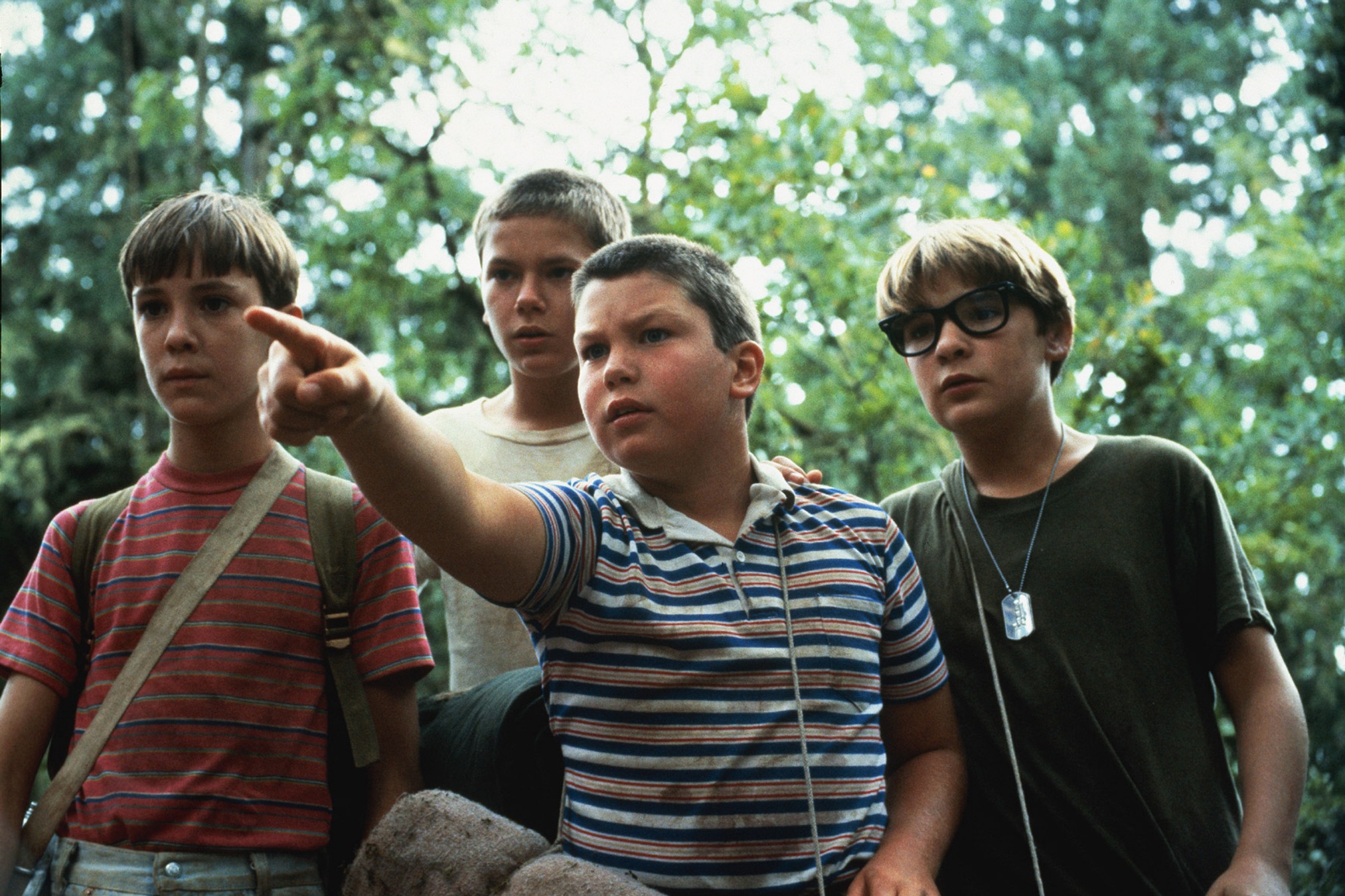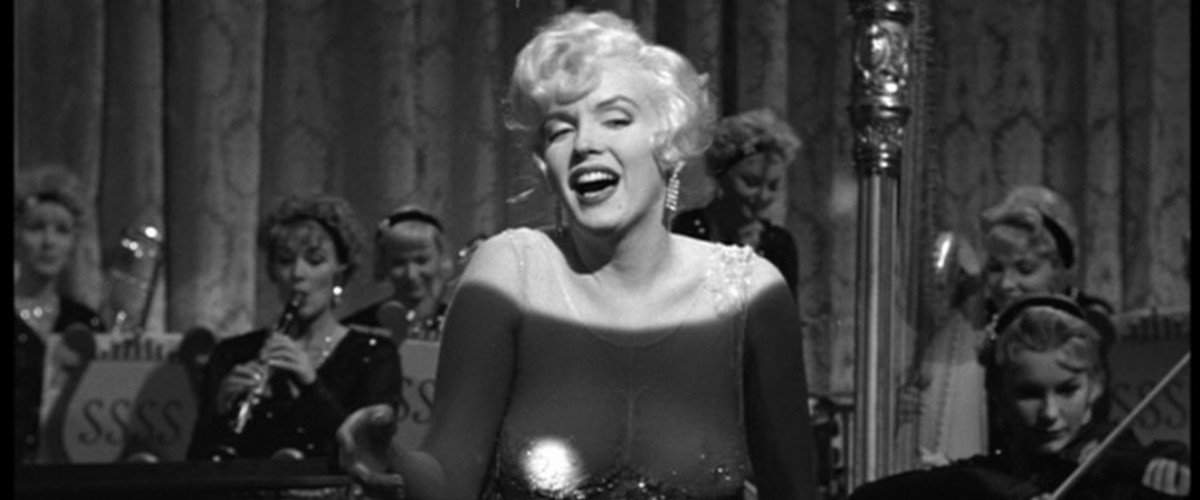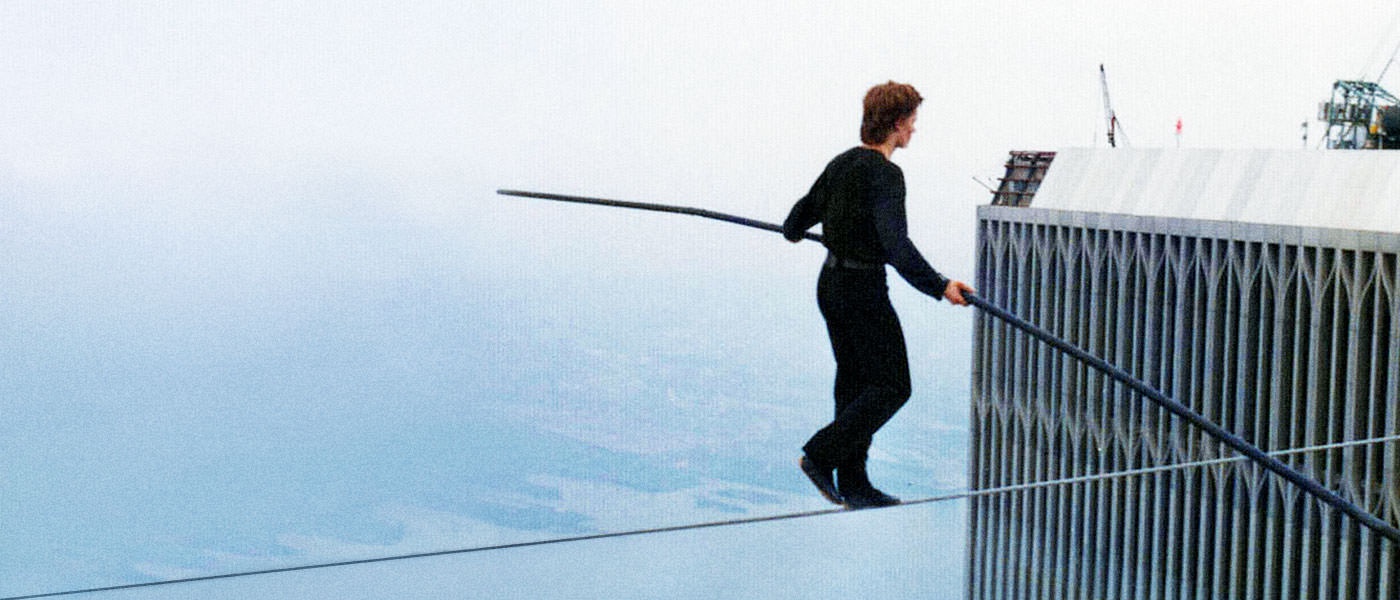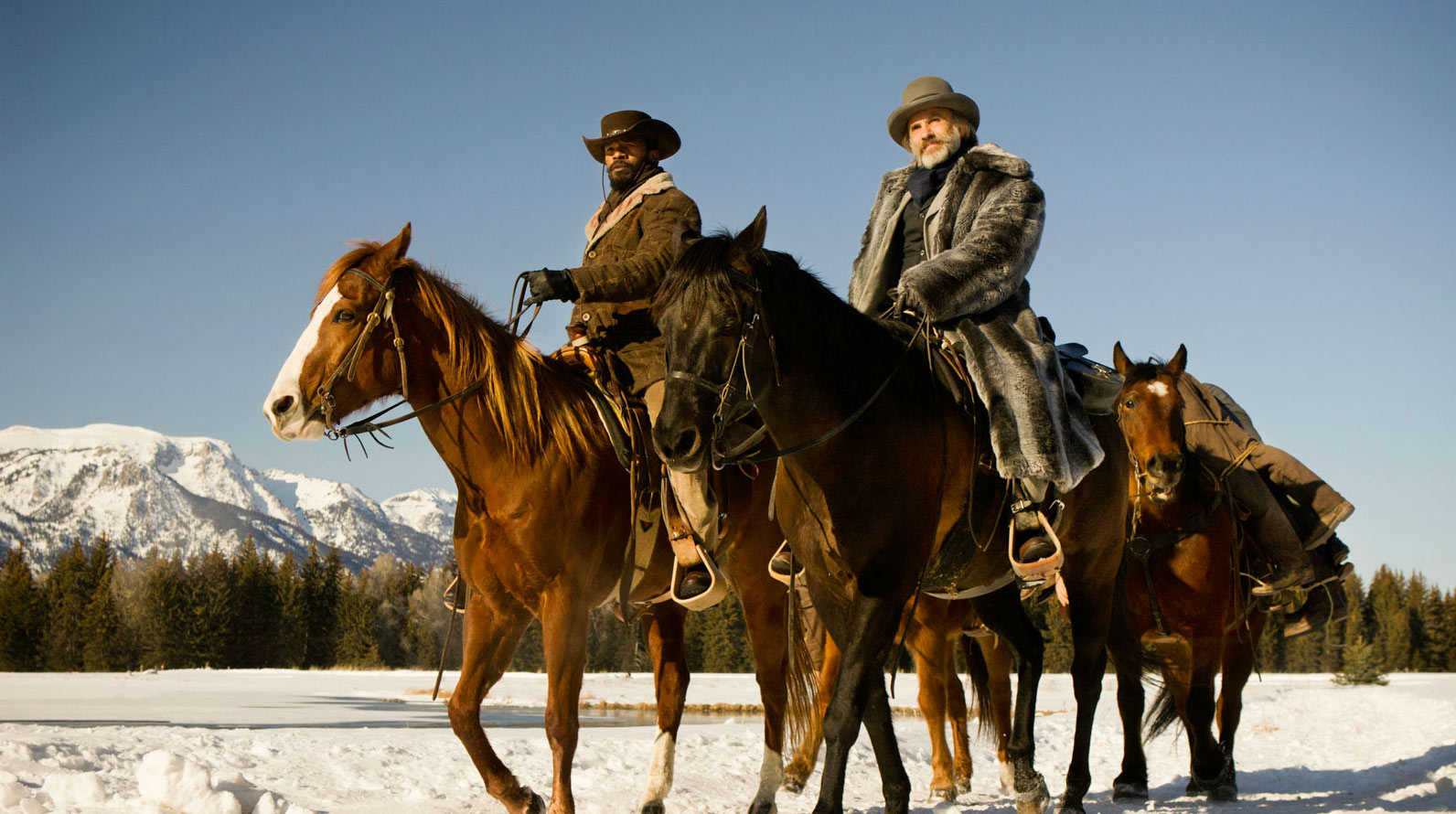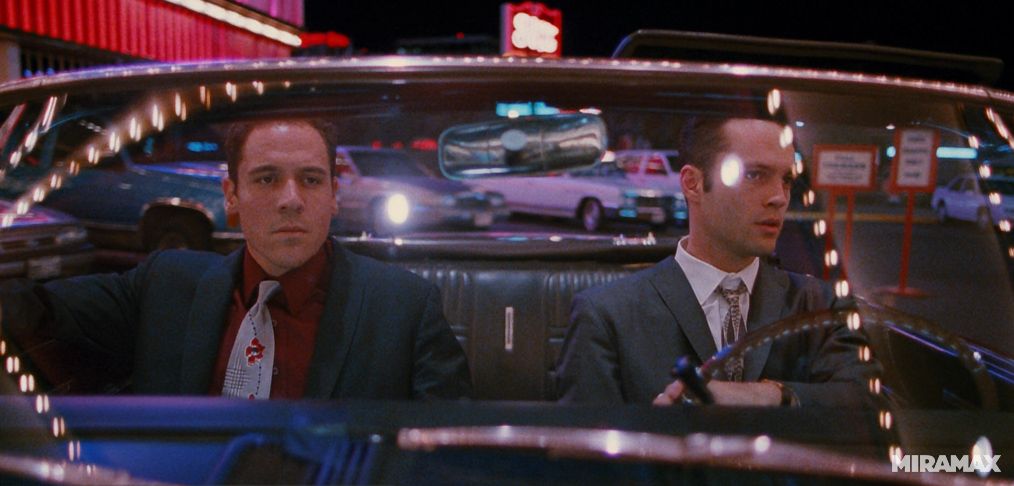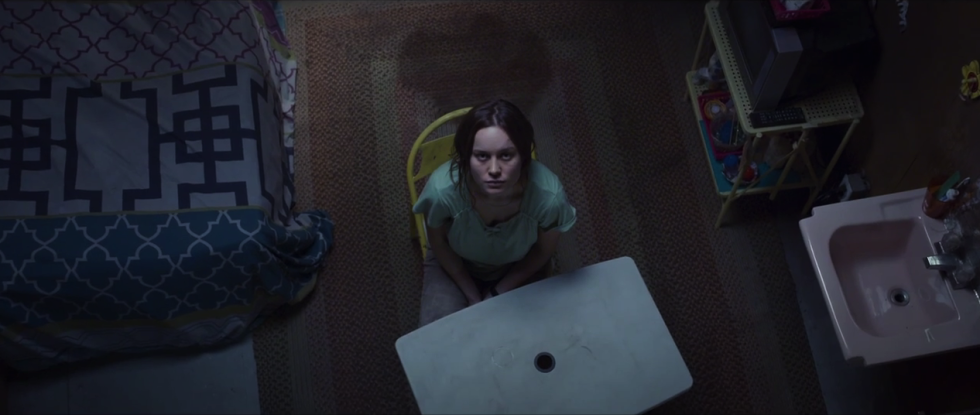The top of the camera is full of screw holes allowing for several further accessories. I gladly adjusted the top handle to optimal position.
All of the ports are easily accessible and don't get in the way when operating the camera or with several cables hooked up. The ease with which I connected a feed for video village or AC power seems so simple it should be a given, but when compared with other cameras (I'm looking at you RED), the URSA shines in this department.
When we had to use on-board audio (more on that later), the two large VU meters made monitoring levels a breeze and the physical adjustment knobs were another nice surprise.
Image Quality
As I mentioned earlier, skin tone reproduction, good color science, and high dynamic range were important for me and I think the URSA delivered great results. Image quality can be subjective, but the natural, vibrant colors and clean skin tones really made me happy.
I won't delve in to the camera's tech specs, but the global shutter and native ISO 400 are two aspects that should be addressed. The global shutter is lovely—no jellocam, movements felt much more fluid, etc. The native ISO 400 took a little getting used to, as many cameras today are native ISO 800. Just meter your scene and make sure you're using enough light and you'll be fine. Even if you have to push the image a bit as a result, I found the digital noise or "grain" structure from the URSA to be quite pleasing—no bright harsh pixels or busy noise here.
The images below are straight out of camera with the standard REC709 LUT applied—no other adjustments.












